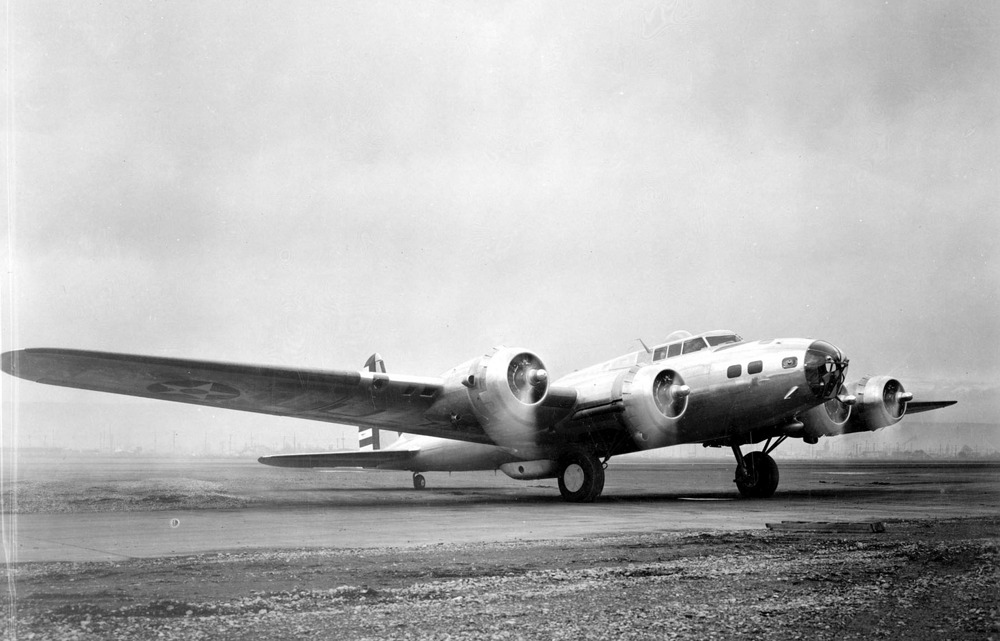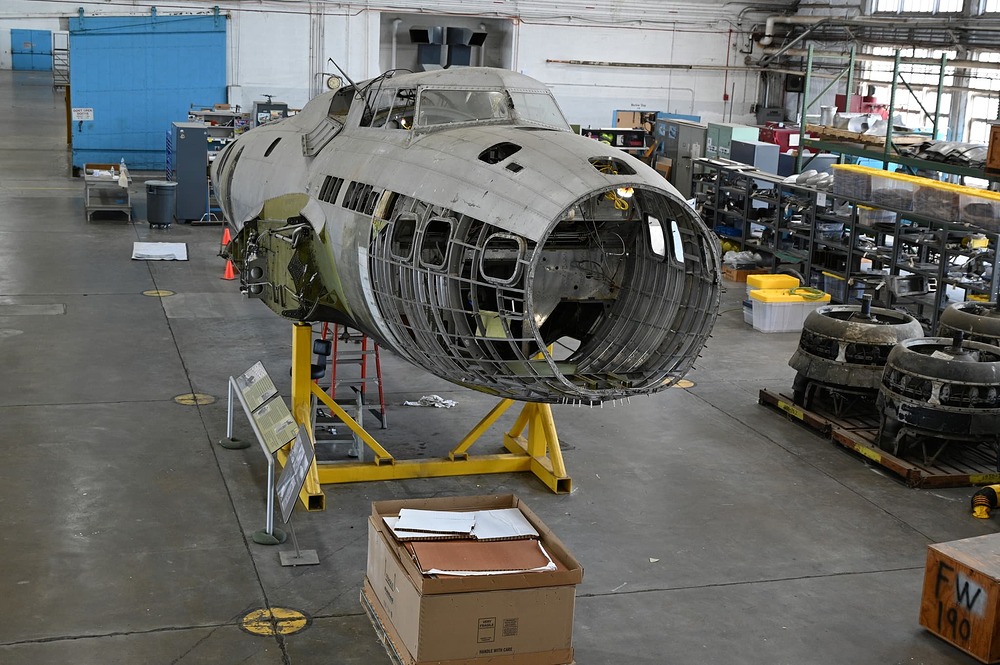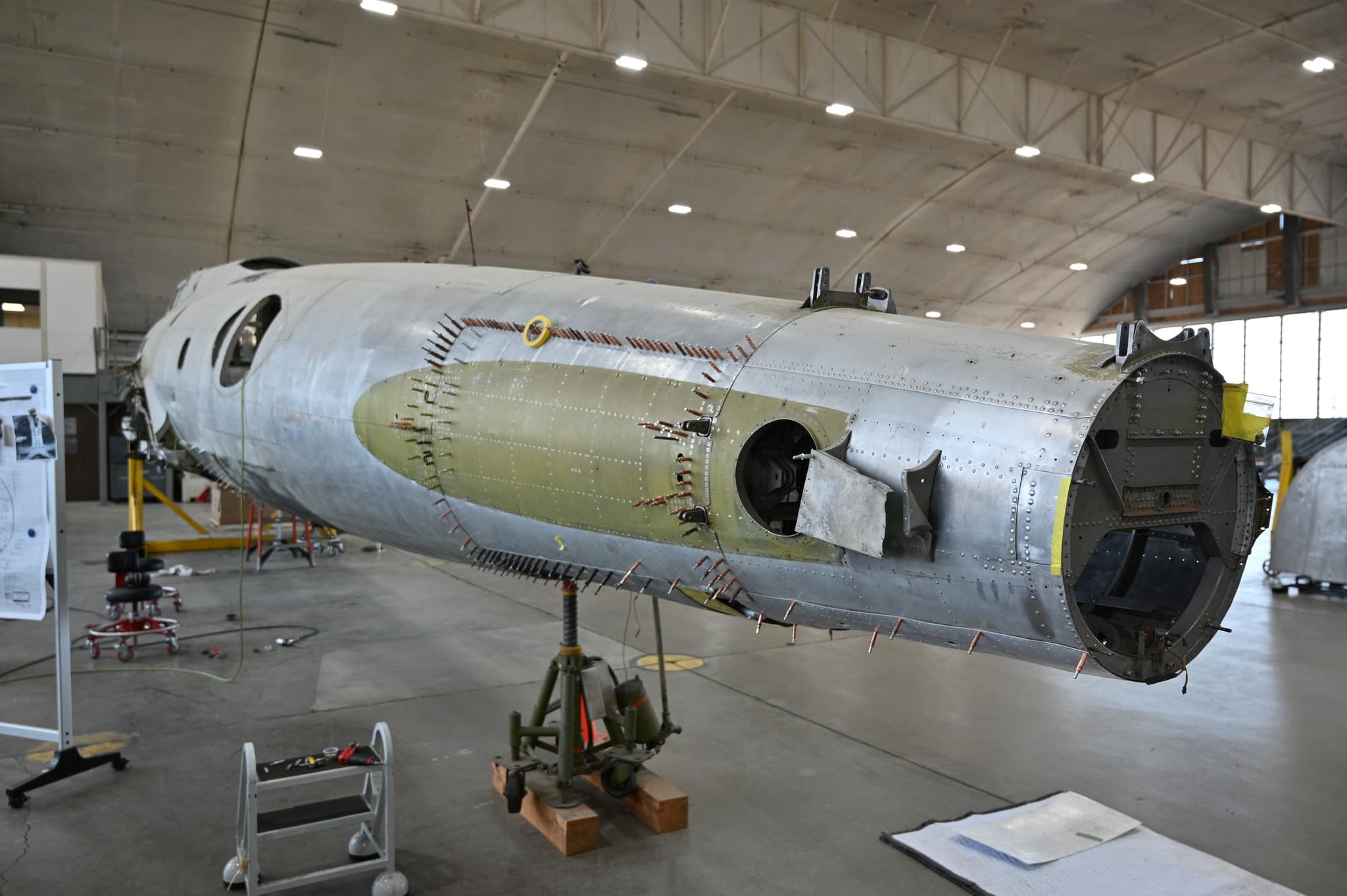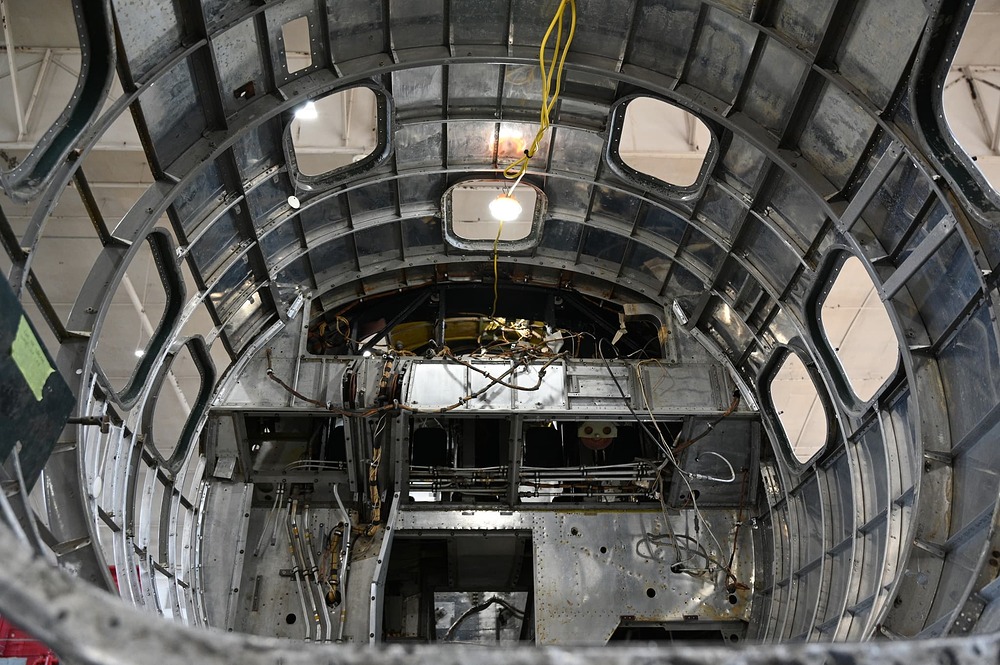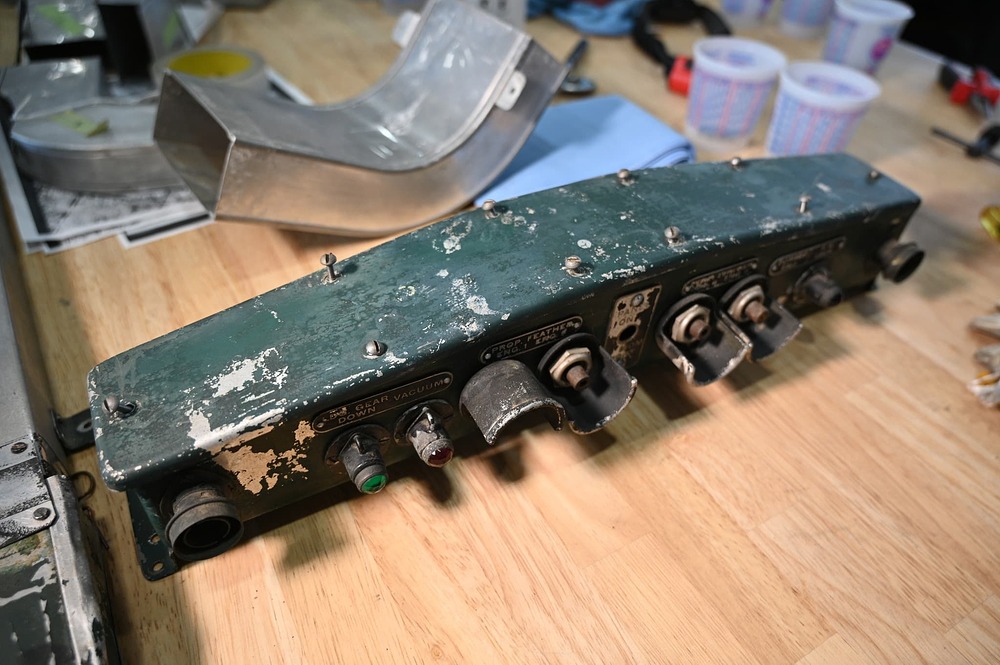History
The B-17D was developed in direct response to the Royal Air Force’s combat experience with the B-17C (designated Fortress I in British service). Operational trials over Europe had revealed several shortcomings in the B-17C’s design, especially in terms of survivability and crew protection. Of the original 80 B-17Cs ordered, only 38 were completed to that standard. The remaining 42 aircraft were built to the improved B-17D specification, incorporating numerous upgrades significant enough to warrant a new model designation.
Among the most visible external changes was the addition of cowl flaps, absent on the B-17C, which improved engine cooling. The defensive armament was enhanced with twin gun mounts in both the upper and lower fuselage, replacing the single mounts found in the earlier variant. Internally, the B-17D introduced self-sealing fuel tanks, a major advancement in survivability. The electrical system was upgraded from 12 to 24 volts, and a low-pressure oxygen system was added to support high-altitude missions. Modifications were also made to the bomb racks and release mechanisms, and a tenth crew position was added.
Many of these improvements were retrofitted to existing B-17C airframes by January 1941. Deliveries of new B-17Ds began on February 3, 1941, and were completed by April 29, 1941. Over 75% of the newly built B-17Ds were deployed to the Hawaiian Islands and the Far East, amid rising tensions with Japan.
By November 1941, several B-17Ds of the 19th Bomb Group were stationed in the Philippines. On December 7, 1941, during the Japanese attack on Pearl Harbor, 12 B-17Ds lined up at Hickam Field were destroyed in the initial strafing runs. At the same time, 12 unarmed B-17Ds from the 7th Bomb Group were arriving over Hickam, en route from the mainland. Though only one was shot down, all were damaged, either by Japanese fighters or American anti-aircraft fire. Nine hours later, Clark Field in the Philippines came under attack. Of the two bomber squadrons based there, only one aircraft survived the assault.
The B-17D made its combat debut on December 9, 1941, when aircraft from the 19th BG launched a reconnaissance mission from Del Monte Airfield in the Philippines in an attempt to locate the Japanese invasion fleet, though no contact was made. The next day, December 10, after spotting a large convoy near Aparri, five B-17Ds took off to intercept. From 12,000 feet, they dropped bombs on Japanese ships, marking the first US bombing mission of World War II. Several hits were reported, but no vessels were confirmed sunk.
One of the most enduring stories involving the B-17D was that of Captain Colin Kelly. During the December 10 mission, Kelly’s crew spotted several large Japanese warships shelling the shoreline. He pressed further out to sea in search of a Japanese aircraft carrier, but upon finding none, he returned and targeted a Japanese warship from 22,000 feet, scoring a direct hit on the aft turret. While retreating toward Clark Field, Kelly’s B-17D was intercepted by Japanese A6M Zeros at 18,000 feet. With the aircraft on fire, Kelly held it steady long enough for his crew to bail out before it exploded, and he was killed in the process.
Although early US reports credited Kelly with sinking the Japanese battleship Haruna, postwar Japanese records confirmed that no Haruna-class ship was present in the area, and no Japanese ships were lost on that date. They might have inflicted major damage on the Japanese heavy cruiser Ashigara. Nevertheless, Kelly’s sacrifice became one of the earliest examples of American wartime propaganda, portraying him as a hero who gave his life to save his crew, and his story deeply resonated with the public in the early days of the war.
As newer, more capable variants such as the B-17E and B-17F entered service, with heavier armament, increased armor, and longer range, the remaining B-17Ds were quickly phased out from frontline duty. Those still in service were redesignated RB-17D and relegated to non-combat roles.
Only one B-17D survives today: “The Swoose.” Originally named Ole Betsy, it was cobbled together from damaged aircraft at Clark Field and went on to serve as the personal transport of Lt. Gen. George Brett, commander of US bomber forces in Australia. It remained in active service throughout the war and was later renamed The Swoose by pilot Col. Frank Kurtz, who ensured its preservation after the conflict. Today, The Swoose is undergoing restoration at the National Museum of the US Air Force in Dayton, Ohio. As of 2023, the restoration is expected to take up to seven years.






